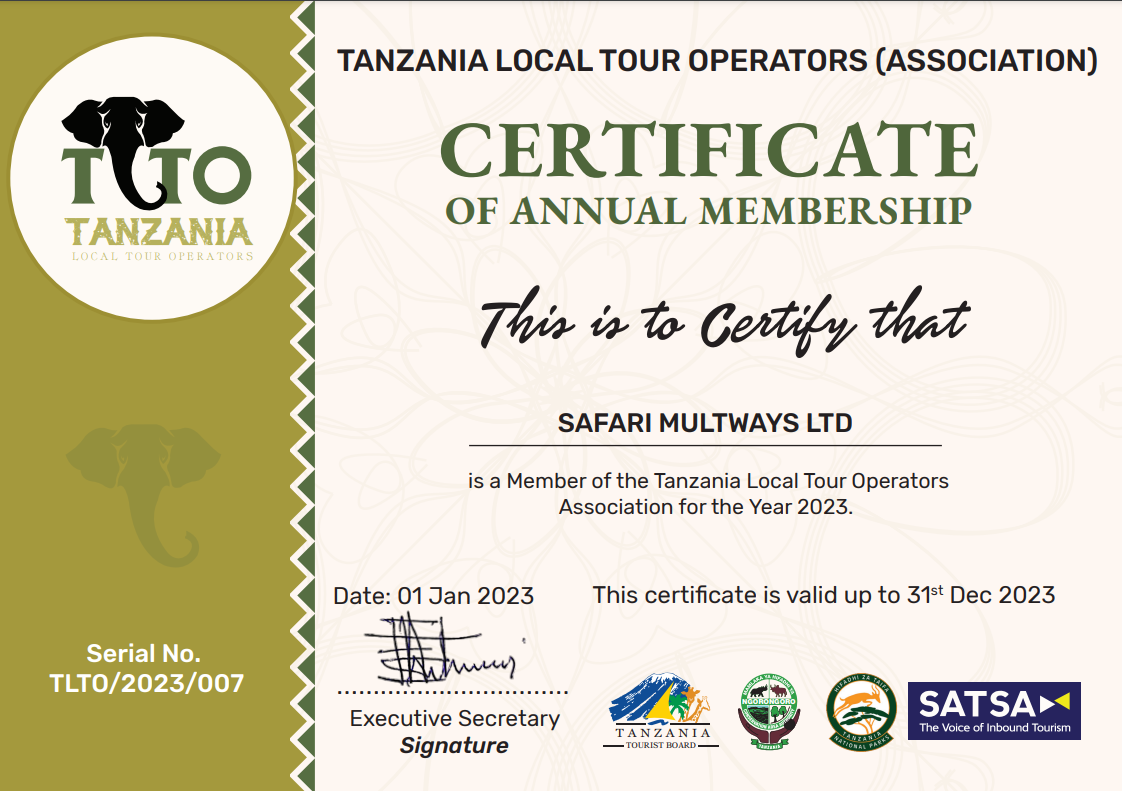Scaling Kilimanjaro: The Optimal Months for Conquering Africa’s Highest Peak
Conquering Kilimanjaro: The Best Time to Reach the Summit
Scaling Mount Kilimanjaro is a dream for many adventure enthusiasts around the world. As Africa’s highest peak, reaching its summit is no easy feat. However, with careful planning and preparation, it is an achievable goal for those willing to take on the challenge. One of the key factors in determining the success of your Kilimanjaro expedition is choosing the right time to embark on this epic journey.
Planning Your Kilimanjaro Adventure: Ideal Months for Success
When it comes to planning your Kilimanjaro adventure, the timing of your climb can greatly impact your chances of reaching the summit. The optimal months for climbing Kilimanjaro are generally considered to be during the dry seasons, which fall between January to mid-March and June to October. These months offer the best weather conditions and highest success rates for climbers.
During the dry seasons, the skies are usually clear, temperatures are more moderate, and there is less precipitation, making for a more enjoyable and safer trek up the mountain. The visibility is also better during these times, allowing climbers to fully appreciate the stunning views of the surrounding landscapes.
On the other hand, the wet seasons, which occur from mid-March to May and November to December, bring heavy rains and lower temperatures to Kilimanjaro. The trails become slippery and muddy, making for a more challenging and uncomfortable climb. The risk of altitude sickness also tends to be higher during the wet seasons, as the cold and damp conditions can exacerbate symptoms.
If you are looking to increase your chances of a successful summit bid, it is highly recommended to schedule your Kilimanjaro climb during the dry seasons. However, it is important to keep in mind that these are also the busiest times on the mountain, with more climbers vying for limited camping spots and trails. Therefore, it is advisable to book your trek well in advance to secure your spot and avoid disappointments.
When planning your Kilimanjaro adventure, it is also important to consider your fitness level and experience with high-altitude trekking. Climbing Kilimanjaro requires a good level of physical fitness and mental endurance, as you will be ascending to heights of over 19,000 feet above sea level. It is important to train adequately before your climb and acclimatize properly to reduce the risk of altitude sickness.
In conclusion, if you are looking to conquer Africa’s highest peak and achieve your dream of standing on the summit of Mount Kilimanjaro, choosing the right time to embark on this journey is crucial. By planning your climb during the optimal months of the dry seasons, you can increase your chances of success and enjoy a safe and memorable trek up the mountain. So, lace up your hiking boots, pack your bags, and get ready for the adventure of a lifetime on Kilimanjaro!



